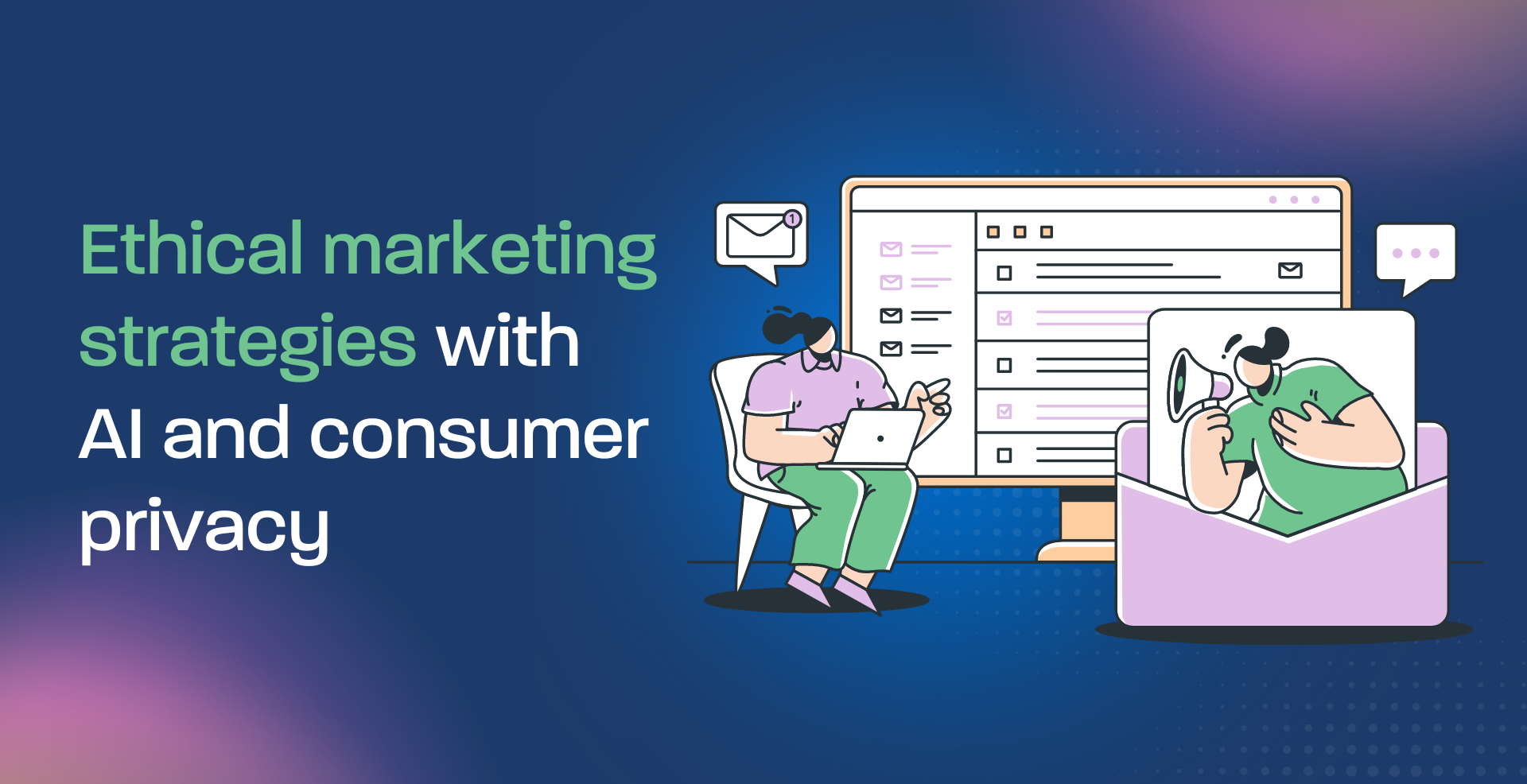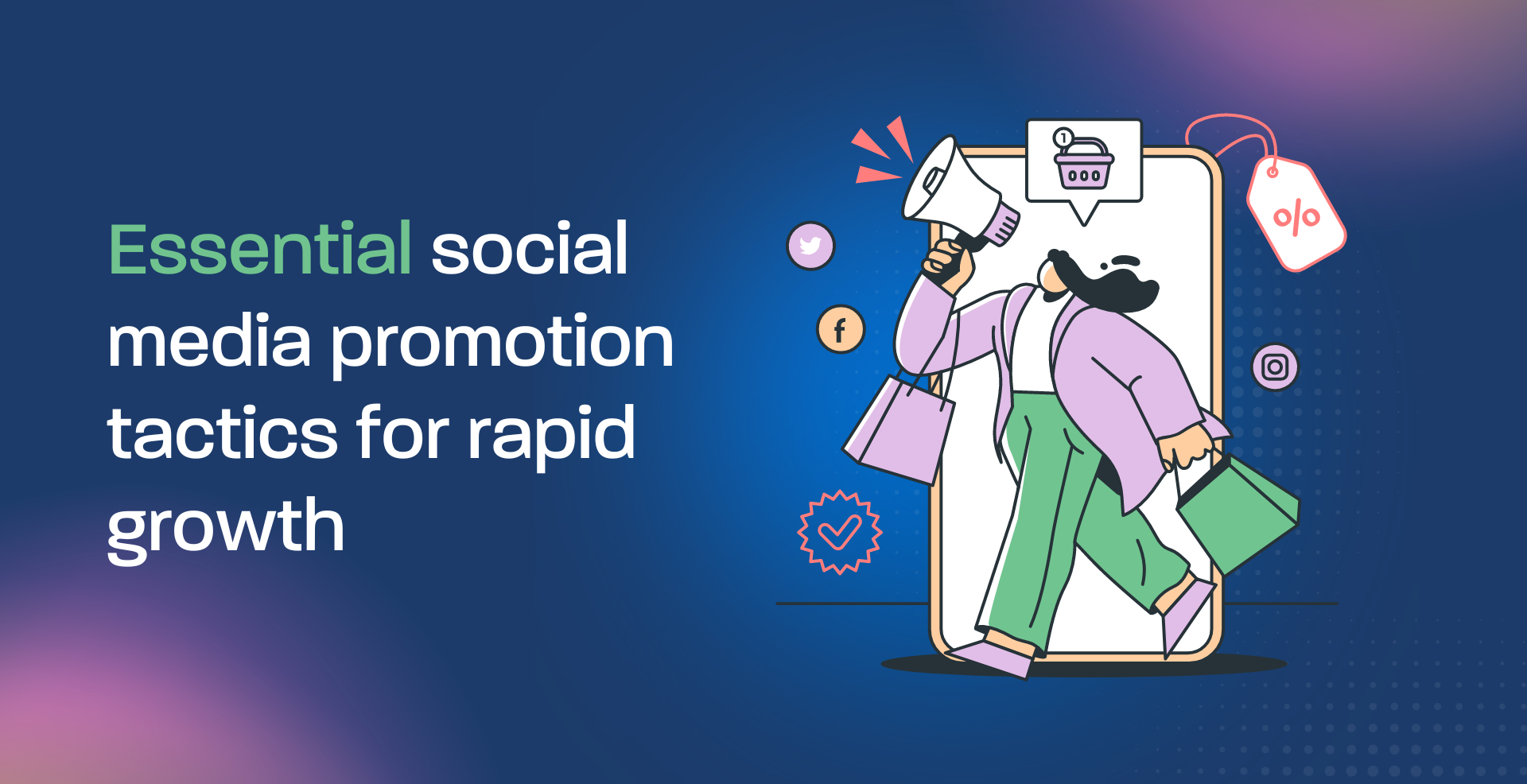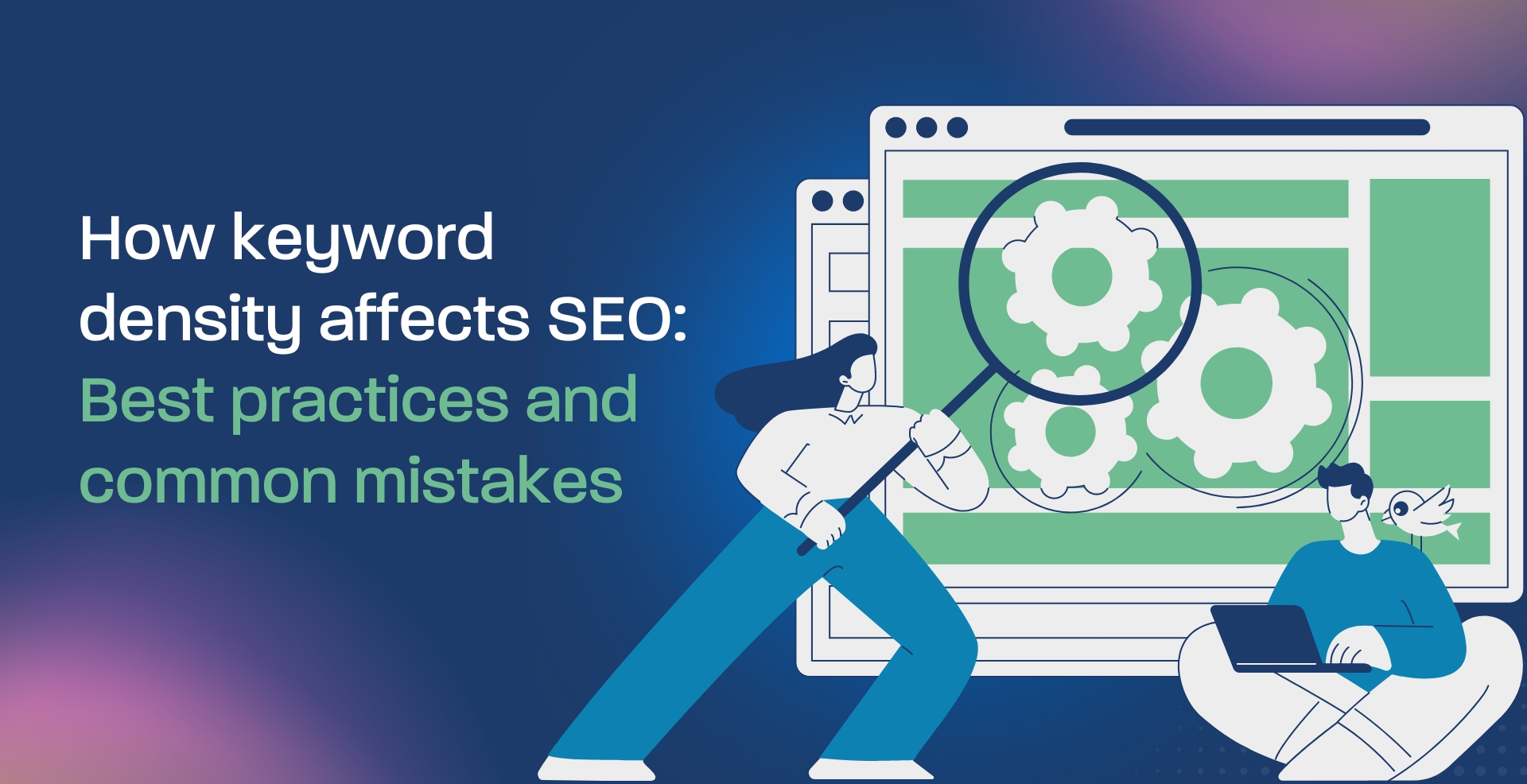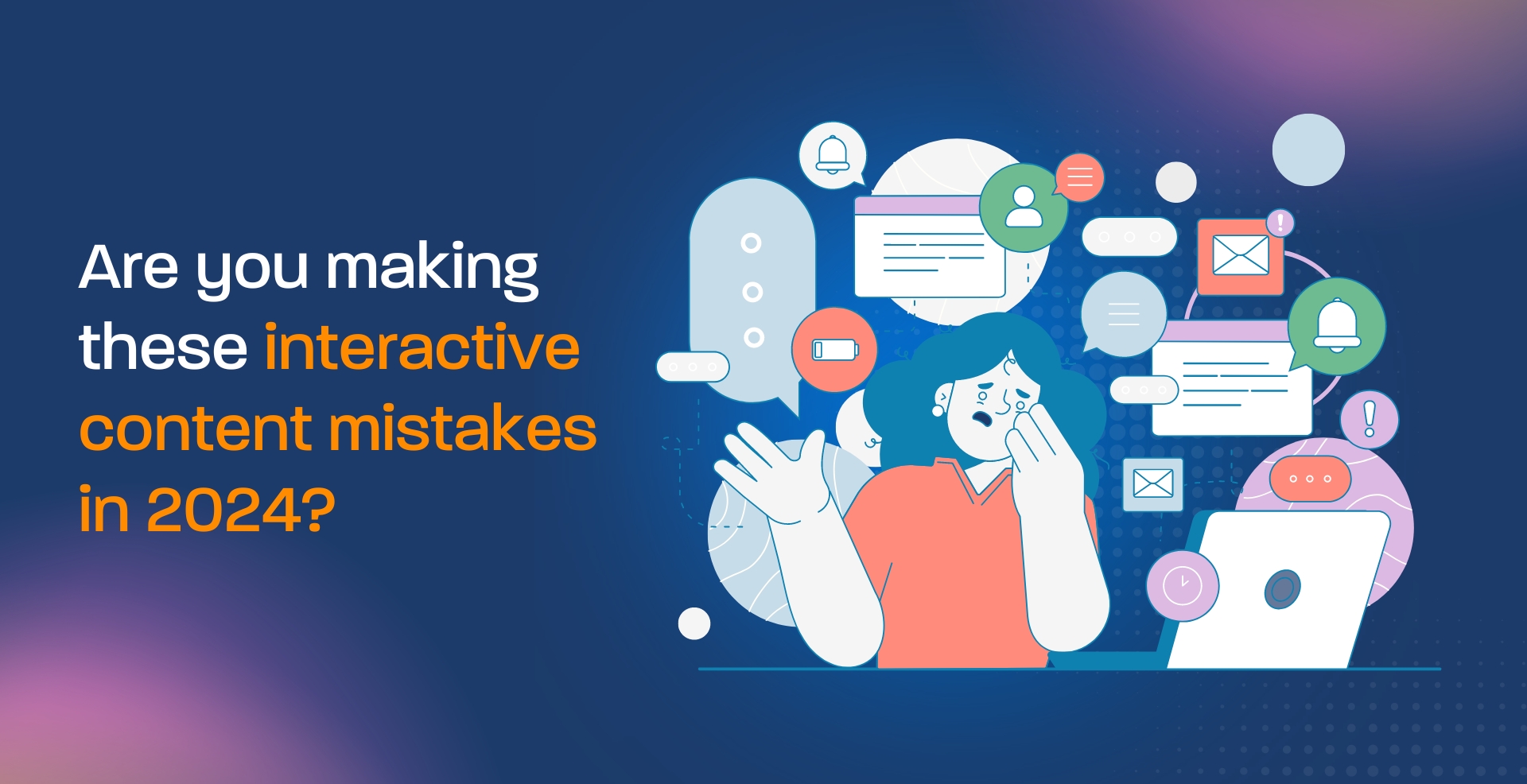Maximizing Influence: Top Influencer Marketing Strategies to Boost Your Social Media ROI
You are probably tired of throwing money at ads that do not deliver! Must read tips ahead.
As a business owner, you have tried every influencer marketing strategy under the sun to boost your social media ROI. You have spent hours creating the perfect ad copy, only to see your engagement rates flat line. Social Media and Business Marketing: A Never-Ending Tango! 💃🕺
But what if we told you there’s a better way? A way that does not break the bank or sacrifice quality for quantity?
In this article, Team GFG will dive into the top influencer marketing strategies that will help you maximize your influence and boost your social media ROI.
Understanding Influencer Marketing Strategies
Speaking of which, maximizing influence through effective influencer marketing strategies is crucial for boosting social media ROI. Unfortunately, there are a number of contributing factors that can lead to the situation where your online presence and brand message may not be resonating with your target audience.
One common factor includes failing to understand the importance of niche targeting in selecting influencers who align with your brand values and messaging. When you collaborate with an influencer whose interests do not naturally intersect with yours, it is unlikely that their followers will engage meaningfully with your content.
Another contributing factor is neglecting to consider the role played by audience demographics when choosing which social media platforms to focus on for promoting products or services through influencers. For instance, if your target market skews younger and more female-oriented, you may want to prioritize Instagram over LinkedIn as a primary promotional channel.
Furthermore, it’s also crucial not to overlook the significance of authenticity in influencer marketing strategies. When an influencer promotes a brand that doesn’t genuinely resonate with their audience or align with their values, followers are likely to detect insincerity and lose trust in both parties involved.
Lastly, failing to monitor and adjust your campaigns regularly can lead to inefficient use of resources and underperformance compared to expectations. Regularly tracking key metrics such as engagement rates, reach numbers, conversions generated from influencer marketing efforts will help refine strategies for optimal ROI performance.
Identifying and Partnering with the Right Influencers for Your Brand
This brings us to the crucial step of identifying and partnering with the right influencers for your brand. When it comes to influencer marketing, many brands make a common mistake – they focus too much on the number of followers an influencer has, rather than their actual influence.
A more effective approach is to look at factors such as engagement rates, niche relevance, content quality, and audience demographics. This ensures that you’re partnering with influencers who have a genuine interest in your brand’s products or services.
Another crucial aspect to consider is the authenticity of the influencer’s endorsement. A fake or overly promotional post can be damaging to your brand’s reputation. Instead, look for influencers who genuinely love and use your products or services, and can share their personal experiences with their audience.
When selecting influencers, it’s also essential to evaluate their content style and tone. Are they funny? Serious? Inspirational? Aligning with the right influencer whose voice resonates with your brand’s message is vital.
Lastly, don’t underestimate the value of micro-influencers. While macro-influencers may have a massive following, micro-influencers often boast higher engagement rates and more targeted audiences.
Building a Strong Relationship with Your Influencers
Getting into the intricacies of maximizing influence through effective influencer marketing strategies, we find ourselves navigating the complex landscape of building strong relationships with influencers.
In this realm, it’s crucial to recognize that influencers are not mere vessels for promoting products or services. Rather, they are individuals with their own unique voices, perspectives, and audiences. To truly maximize influence through these partnerships requires a deep understanding of the influencer’s brand identity and how it aligns with your marketing goals.
A successful partnership hinges on establishing trust and credibility between brands and influencers. This involves being transparent about your intentions, respecting the influencer’s boundaries, and providing value that resonates with their audience.
In building strong relationships with influencers, it’s essential to prioritize authenticity over artificial promotion tactics. Authenticity breeds loyalty, while insincere approaches can lead to swift backlash.
To maximize influence through effective influencer marketing strategies requires a holistic approach that considers the intricate dynamics between brands, influencers, and target audiences.
Creating Engaging Content with your Influencers
So, here’s the thing… When it comes to creating engaging content with influencers, you can’t just slap up any old post and expect people to care. No way. You need to make sure your influencer is sharing something that resonates with their audience.
That means understanding what makes their followers tick – what do they love? What gets them excited? What keeps them coming back for more? And then, you gotta make sure the content aligns perfectly with your brand’s message and goals. You don’t want to waste your influencer’s time or energy on something that won’t drive real results.
It’s all about striking a balance between creativity and strategy. You need to be willing to take risks and try new things, but you also need to make sure those risks are calculated and will pay off in the end. And let me tell you, it’s not just about throwing money at an influencer either. That might get some eyeballs on your content, but it won’t necessarily drive conversions or engagement. You got to think about what kind of content is going to resonate with your target audience. Is it a funny meme? A stunning visual? A heartwarming story?
Then you gotta make sure that content is amplified across all the right channels. You don’t want to be shouting into the void, hoping someone will hear you. You need to be strategic about where and how you’re promoting your influencer’s content. That means thinking about what kind of audience they have, and whether that aligns with your brand’s goals.
And finally, you got to track those results! You cannot just assume that everything is going great if it looks good on the surface. You need to be tracking engagement rates, conversions, and all the other metrics that matter to your business. That way, you can make data-driven decisions about what is working and what is not. Then you can adjust your strategy accordingly.
Measuring the Effectiveness of your Influencer Campaigns
Unfortunately, there are a number of contributing factors that can lead to the situation of ineffective influencer campaigns. Some common culprits include…
- Lack of Clear Goals: Without specific objectives and measurable targets, it’s challenging to gauge campaign success.
- Insufficient Budget Allocation: Failing to allocate sufficient funds for content creation, promotion, and optimization hinders effective campaign execution.
- Inadequate Influencer Selection Criteria: Not establishing clear criteria for influencer selection can lead to mismatched partnerships that fail to resonate with target audiences.
- Poor Content Quality: Subpar content quality can undermine engagement rates and overall campaign performance.
- Unmonitored Campaigns: Failing to regularly monitor and adjust campaigns based on real-time data hinders optimization opportunities, leading to suboptimal results.
- Inconsistent Messaging: Inconsistent messaging across all promotional channels can confuse audiences, diluting the intended message’s impact.
Utilizing Instagram Stories and IGTV for Increased Engagement
Now keep in mind that maximizing influence on social media requires a strategic approach. When it comes to Instagram Stories and IGTV, the key is to utilize them effectively for increased engagement.
Firstly, leverage the ephemeral nature of Instagram Stories by posting behind-the-scenes content, sneak peeks, or exclusive deals. This will encourage users to engage with your brand in real-time.
Secondly, utilize IGTV for longer-form content that showcases your products or services in a more detailed and engaging way. Whether it’s a tutorial, product review, or customer testimonial video, make sure it’s high-quality and informative.
Thirdly, don’t forget to optimize your Instagram Stories and IGTV videos with relevant hashtags and tags to increase their discoverability.
Leveraging YouTube and TikTok for Longer-Form Content Creation
Jumping right in, we would say that leveraging YouTube and TikTok for longer-form content creation is a fantastic strategy to boost your social media ROI. When it comes to creating engaging content on these platforms, the key is to focus on quality over quantity.
Firstly, you want to identify your target audience’s preferences when it comes to consuming video content. Do they prefer shorter snappy clips or longer-form videos that dive deeper into a topic? Once you understand their viewing habits, you can tailor your content strategy accordingly.
Next, consider the type of content that resonates with your audience. Are they more likely to engage with educational tutorials, product demos, or behind-the-scenes peeks at your brand’s creative process?
Lastly, do not underestimate the power of captions and subtitles! Adding these features not only improves accessibility but also increases engagement rates.
Building a Community around your Brand through Influencer-Led Contests and Giveaways
Everyone knows that contests and giveaways are an excellent way to build a community around your brand through influencer-led strategies. When done correctly, they can help increase engagement, drive website traffic, and even boost sales.
Firstly, it is essential to choose the right influencers for your campaign. Look for those who have a genuine interest in your niche or industry and align with your brand values. This will ensure that their audience is genuinely interested in participating in the contest or giveaway.
Next, make sure to clearly communicate the rules and guidelines of the contest or giveaway to avoid any confusion among participants. Transparency is key here!
Another crucial aspect is to offer prizes that are relevant and appealing to your target audience. This could be anything from a product bundle to an experience-based prize like tickets to a concert or event. Lastly, don’t forget to track the performance of your campaign! Monitor the number of entries, engagement rates, and any other key metrics that matter most to your brand goals.
Measuring the ROI of your Influencer Marketing Campaigns
Unfortunately, measuring the return on investment (ROI) for influencer marketing campaigns can be a daunting task. You probably know that tracking engagement metrics alone is not enough to determine whether your campaign has been effective.
In reality, several common pitfalls may lead you astray from accurately assessing the ROI of your influencer marketing efforts. For instance, have you considered the role of audience demographics in shaping the success or failure of your campaigns? Alternatively, perhaps you have overlooked the importance of aligning with influencers who genuinely resonate with your target audience?
Moreover, are you aware that simply focusing on vanity metrics like likes and followers may not paint a complete picture of campaign performance? It is crucial to consider other key performance indicators (KPIs) such as conversions, sales, or even brand awareness.
To maximize the influence of your campaigns and accurately measure their ROI, it’s essential to develop a comprehensive strategy that incorporates multiple KPIs. This might involve leveraging influencer marketing platforms that offer advanced analytics capabilities or working closely with influencers who can provide valuable insights into audience engagement patterns.
Understanding the Role of Authenticity in Influencer Marketing Strategies
Many influencer-marketing strategies focus too much on manufactured personas and not enough on authenticity. This can disconnect the promoted product or service and the audience.
When brands partner with influencers who are more concerned about projecting an image than genuinely promoting their offerings, it is no wonder that trust is broken. The audience senses this artificiality and may even feel manipulated by overly promotional content.
Influencers who prioritize authenticity over manufactured personas tend to build stronger connections with their followers. Their audiences perceive them as trustworthy sources of information and are more likely to engage with sponsored content.
When an influencer’s online presence feels genuine, it fosters a sense of community around the promoted product or service. This leads to increased engagement rates, higher conversion rates, and ultimately better ROI for brands collaborating with these influencers.
Summing it up…
As influencer-marketing strategies continue evolving rapidly, it is crucial to not only create content but also continually optimize for improved ROI. To maximize influence and drive genuine results, engage with micro-influencers who genuinely understand the importance of delivering quality engagement while partnering strategically through clear contracts ensuring measurable objectives aligned correctly.
Remember that true partnership building leads ultimately toward high-quality audience exposure driving substantial return on investments (ROIs). In your journey towards influencer marketing mastery stay informed about continually adapting tactics for achieving goals.



